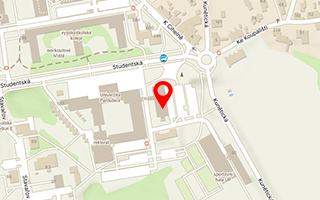Publication detail
Miniature Crowd Frescoes from Knossos: A Topography of the World Seen
Authors:
Valentinová Lucie
Year: 2022
Type of publication: článek v odborném periodiku
Name of source: Journal of Mediterranean Archaeology
Page from-to: 169–197
